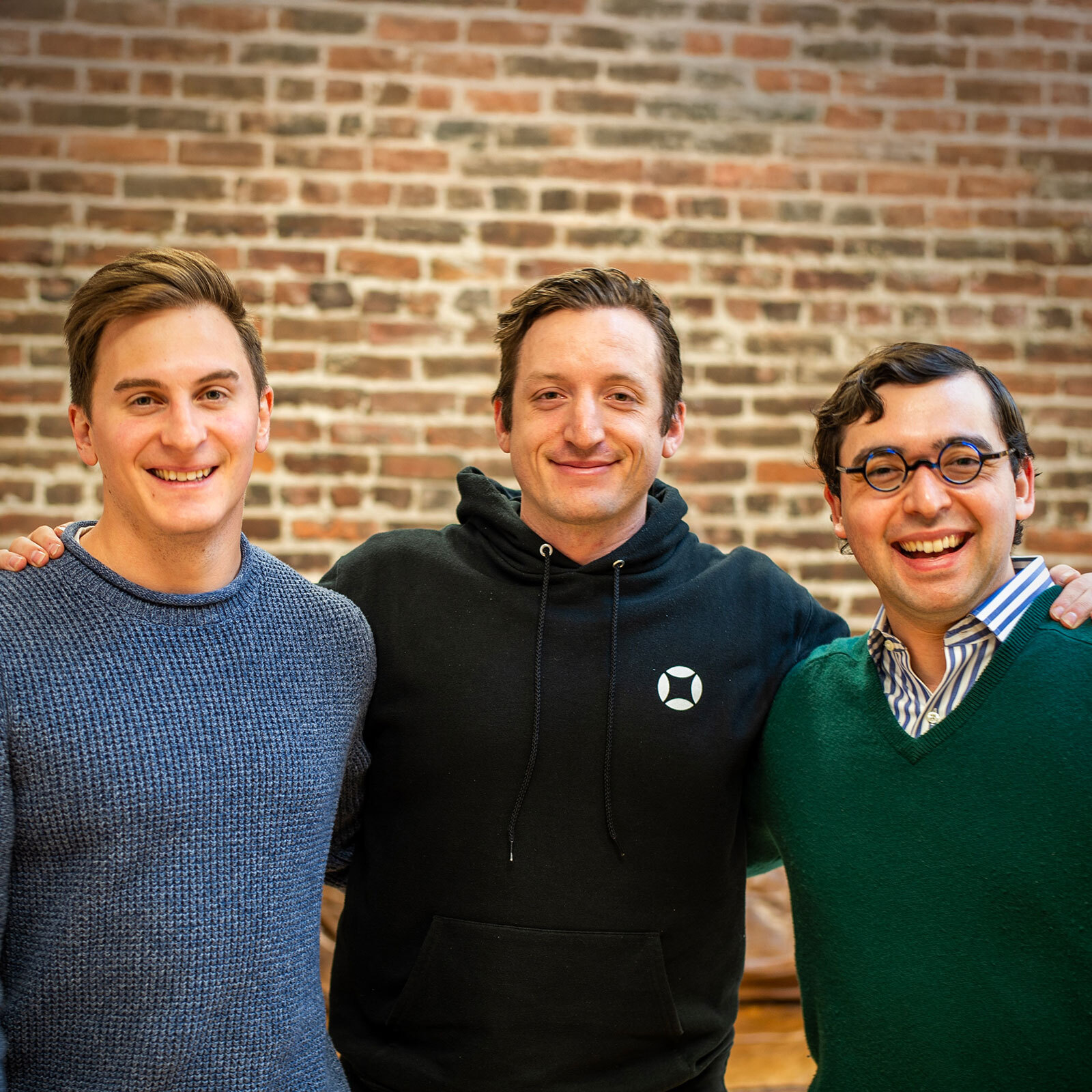I’m thrilled to announce the public launch of Usermind, my first investment at Menlo Ventures, and one that I’m particularly excited about. Within the first 10 minutes of meeting Michel Feaster, founder and CEO of Usermind, I knew I had to invest. Michel is an impressive entrepreneur—smart, high-energy, passionate, thoughtful, and a big product thinker—and she just happens to be addressing an incredibly important problem in the enterprise that is getting more pronounced by the day.

One thing is clear: The shift to SaaS and its consumption and digitization of almost all enterprise processes, is unstoppable. Along with this transformation has come an explosion of vertical apps and data silos. If you want to check your user cohort data, send a customer an email or notification, make a payment, evaluate churn, or prioritize which customers to contact—there’s an app for that. However, if you want to write a simple process or workflow across those applications, it’s complicated, often manual, and slow.
The best apps focus on solving a key pain point, and thus end up having a fairly narrow scope. If you want to work in the best-in-class applications for your use case, you end up with a broad tech stack and disconnected processes. This is where Usermind comes in: a platform to automate cross-application workflows and business processes, and unify disconnected customer and product data from all of those applications.
The Usermind platform is particularly timely as a practice referred to as “BizOps” is emerging in enterprises to tackle cross-functional business unit needs (as an aside, think of BizOps doing for business functions what DevOps did for managing IT infrastructure). From the standpoint of a business unit or function (e.g., sales, marketing, HR, finance), you want to solve a business problem—and those business problems often transcend multiple applications. BizOps knocks down the walls between those functions, and it requires apps to share data in compatible structures.
A concrete example would be checking user data in an app like Mixpanel or Heap Analytics to understand which customers abandoned their shopping cart; then looking at your marketing automation system like Marketo or Eloqua to see what is known about that customer; then looking into a payment system like Zuora to understand what they spend; and then using an email tool like MailChimp to send a marketing campaign to all users who’ve abandoned shopping carts, who spend >$X/year, and who have opened email offers previously.
For most companies to accomplish this, it would require many queries across many systems, pulling data, manual integration, and would probably be more painful to pull off than is warranted. For some companies, it just wouldn’t happen at all.
With Usermind, it can happen easily, with connected, automated end-to-end processes. Teams can focus customer and business need first, versus only what their respective applications allow them to do. The ability to solve problems in this manner empowers the entire organization to respond immediately to customer needs. Business unit leaders can implement their best idea of the day or week in a matter of hours, not weeks. And customers will feel a more personalized, tailored relationship with the organization.
Menlo is excited to be leading this round for Usermind and backing an entrepreneur like Michel. We look for terrific entrepreneurs first and foremost, and work hard everyday to earn the opportunity to work with others like them. It’s a great time to be investing in SaaS. We are particularly interested in the next wave of SaaS (affectionately called SaaS 2.0), which offers some combination of “mobile first,” integrates machine learning to make workflows smarter and better (e.g., Insidesales.com), and moves beyond “the system of record” (e.g., CRM, HRM) to reimagine a variety of new horizontal and vertical apps—or in the case of Usermind, enable them all to work well together.
Matt is a partner at Menlo Ventures and invests multi-stage across AI infrastructure (DevOps, data stack, middleware, API platforms), AI-first SaaS (vertical and horizontal), and robotics. Since joining Menlo in 2015, Matt has led investments in Anthropic, Airbase, Alloy.AI, Benchling, 6 River Systems (acquired by Shopify), Canvas, Clarifai, Cleanlab, Carta,…







